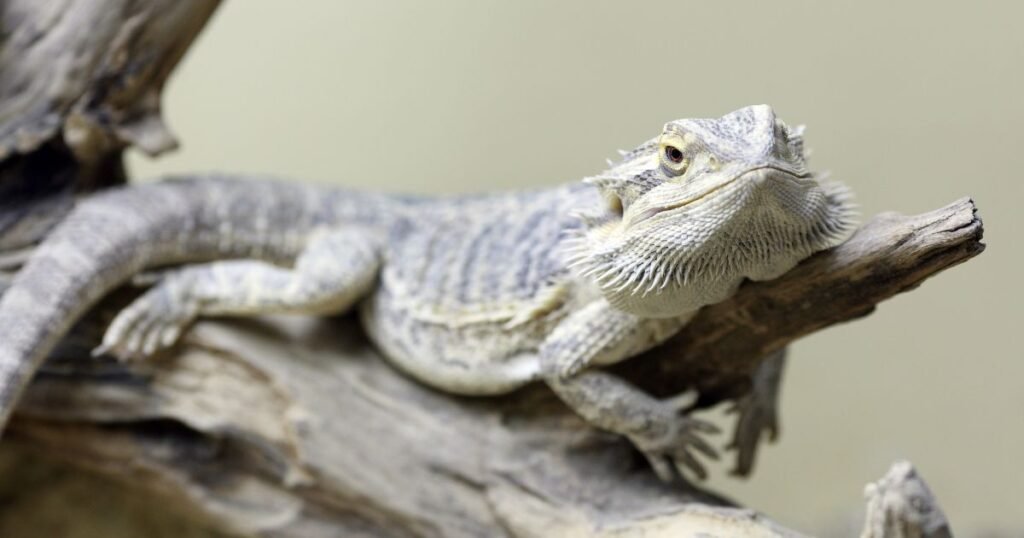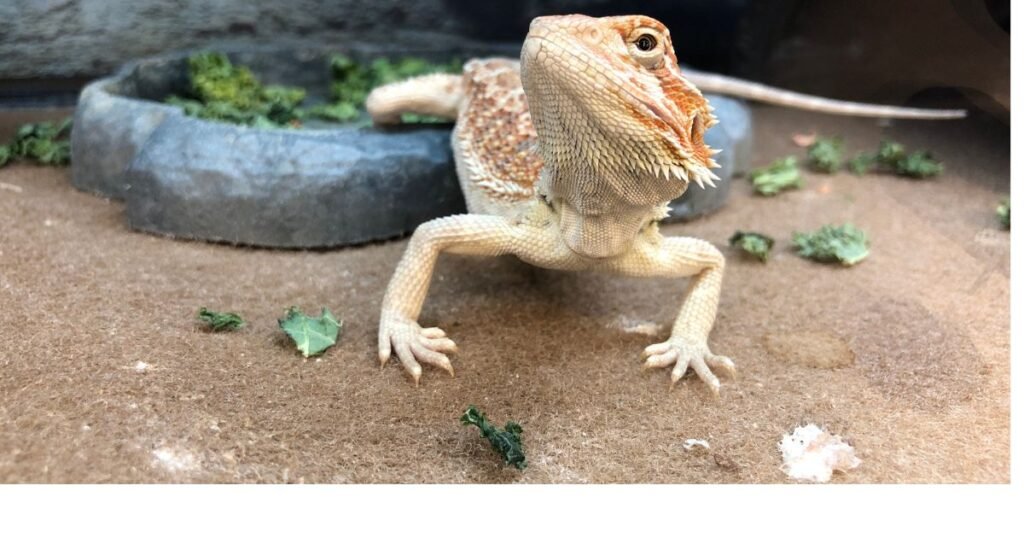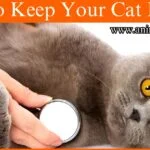Introduction
Bearded dragons are one of the most popular reptiles kept as pets, known for their docile nature and fascinating appearance. These creatures have unique features that set them apart from other reptiles, including their third eye. This article aims to explore the bearded dragon’s third eye and its functions, dispel common myths, and understand how it helps these creatures survive in the wild.
What is the Bearded Dragon Third Eye?
The bearded dragon’s third eye, also known as the parietal or pineal eye, is a tiny, round structure on the top of the bearded dragon’s head. This eye is not a traditional but rather a vestigial organ present in some reptiles, birds, and fish. A translucent scale covers it and can detect light and dark but cannot form images like the other two eyes.
Functions of the Bearded Dragon Third Eye

The bearded dragon’s third eye serves several important functions crucial to its survival in the wild. Here are some of its functions:
Read More : Animal Vised
- Thermoregulation: The third eye plays a vital role in regulating the body temperature of the bearded dragon. It can detect changes in light intensity and temperature, which helps the reptile to find a suitable basking spot or move to a cooler area.
- Circadian Rhythm: The third eye is also responsible for regulating the bearded dragon’s circadian rhythm, which is the biological process that controls sleep-wake cycles. The third eye can detect light and dark cycles, which helps the reptile to adjust its behaviour accordingly.
- Predation Detection: The third eye can detect predators approaching from above, a common hunting strategy used by birds and other predators. The bearded dragon can quickly escape or hide from danger when the third eye detects a predator.
Myths About the Bearded Dragon Third Eye

There are several myths surrounding the bearded dragon’s third eye, which we will address below:
- The third eye is evil: Some people believe the third eye symbolises evil or darkness, but this is not true. The third eye is a natural feature of the bearded dragon and has no connection to any mystical or supernatural beliefs.
- The third eye can see the future: Another myth is that the third eye can see the future or predict events. This is false, as the third eye cannot form images or see objects in detail.
- The third eye is a sign of illness: Some pet owners believe that if the third eye is visible, it is a sign of illness or disease. However, this is not true, as the third eye is a normal feature of the bearded dragon and is only visible in certain lighting conditions.
How to Care for the Bearded Dragon Third Eye

As a pet owner, taking care of your bearded dragon’s third eye is important to ensure that it functions properly. Here are some tips to help you care for the third eye:
- Avoid handling the bearded dragon by its head: Handling it by its head can cause damage to the third eye. Always pick up the reptile by supporting its body and legs.
- Provide proper lighting: The bearded dragon’s third eye needs access to natural light to function properly. Provide a basking spot with a heat lamp and a UVB light to simulate natural sunlight.
Read More: Bearded Dragon Third Eye
FAQs about Bearded Dragon Third Eye:
Q: What is the third eye in bearded dragons?
A: The third eye in bearded dragons is the pineal gland, located on the top of their head, and is sensitive to light.
Q: What is the function of the third eye in bearded dragons?
A: The third eye in bearded dragons helps regulate their circadian rhythm, their internal biological clock that controls their sleep-wake cycle.
Q: How can I tell if my bearded dragon’s third eye functions correctly?
A: The third eye in bearded dragons is often visible as a small, light-colored spot on the top of their head. If it is functioning correctly, it should be clear and unobstructed.
Q: What happens if a bearded dragon’s third eye is damaged or obstructed?
A: If a bearded dragon’s third eye is damaged or obstructed, it can affect its circadian rhythm and cause health problems such as sleep disturbances, metabolic disorders, and a weakened immune system.
Conclusion:
The third eye in bearded dragons is a vital structure that helps regulate their internal biological clock. Although it cannot form images or see like the other two eyes, it plays a crucial role in maintaining their overall health and well-being.
It is essential for bearded dragon owners to be aware of the function of this structure and to monitor it for any signs of damage or obstruction. Regular veterinary checkups can also help ensure that a bearded dragon’s third eye functions appropriately.










